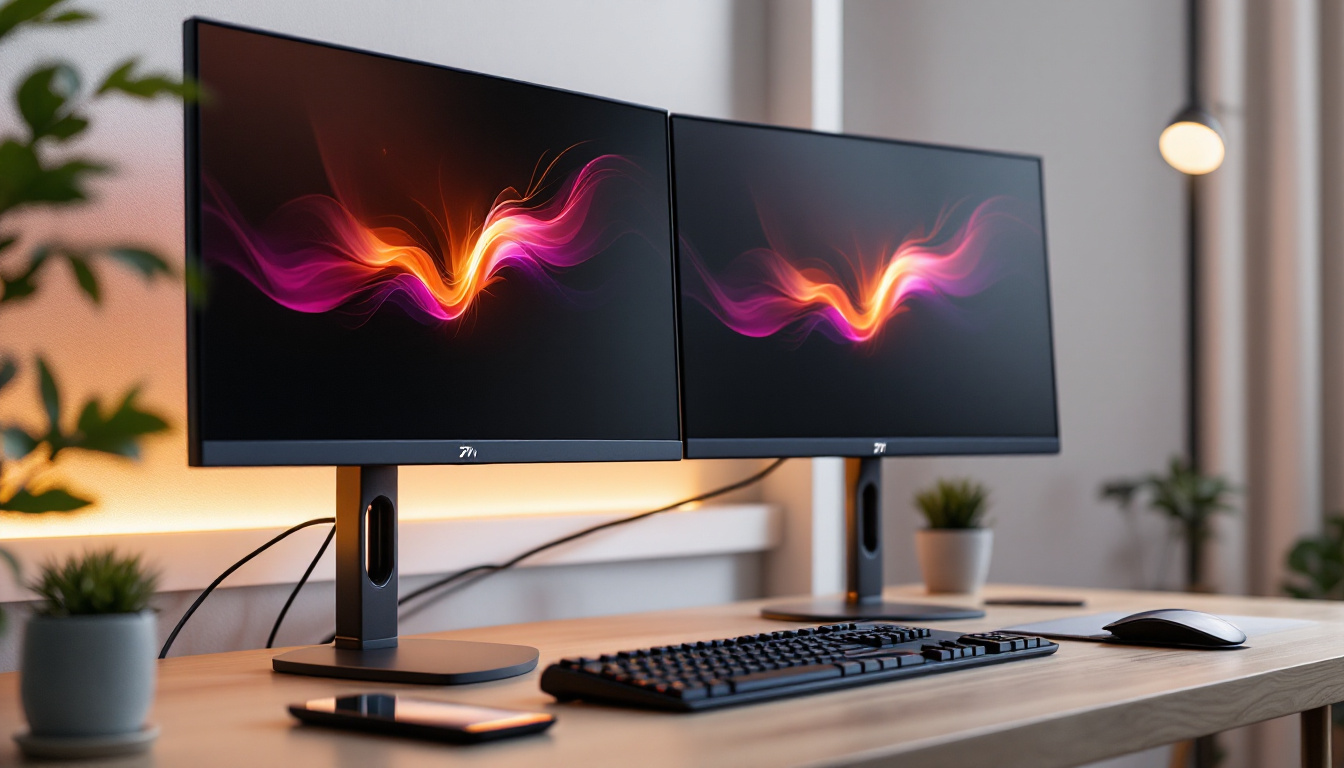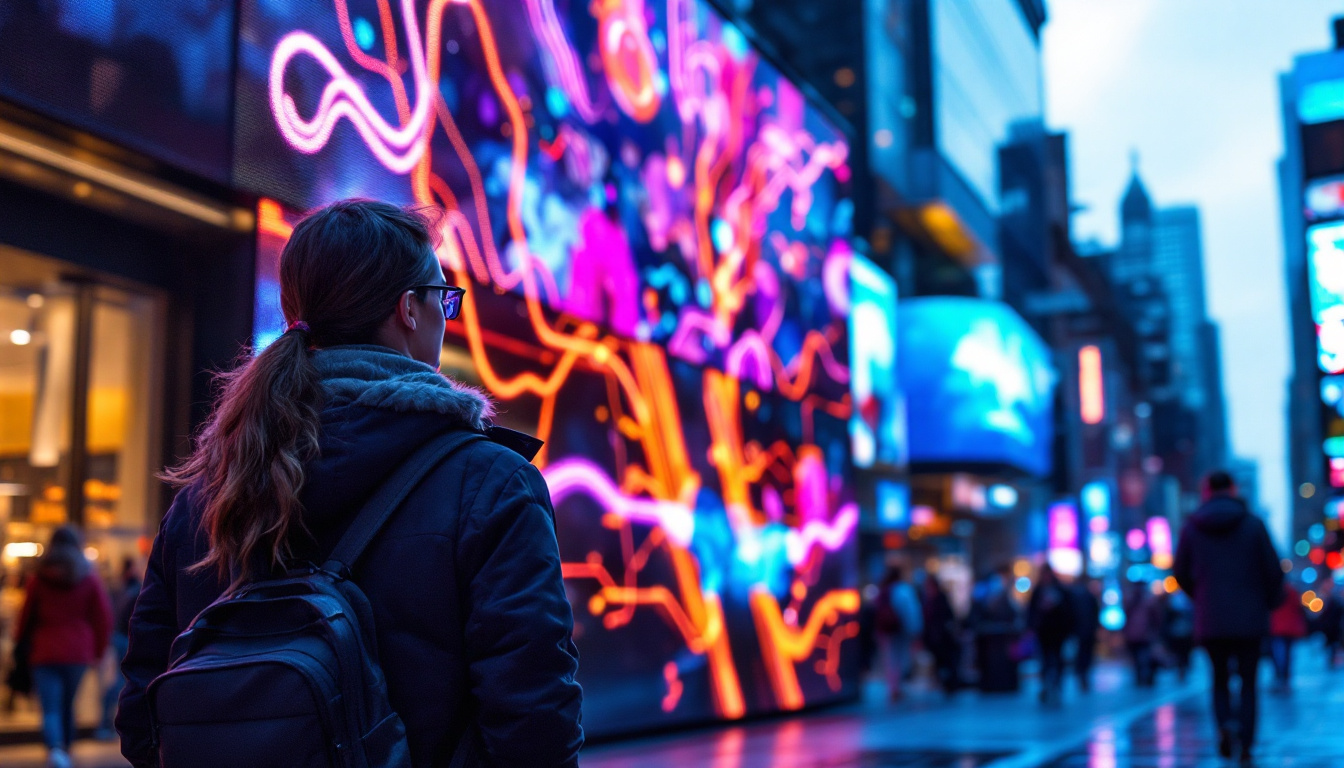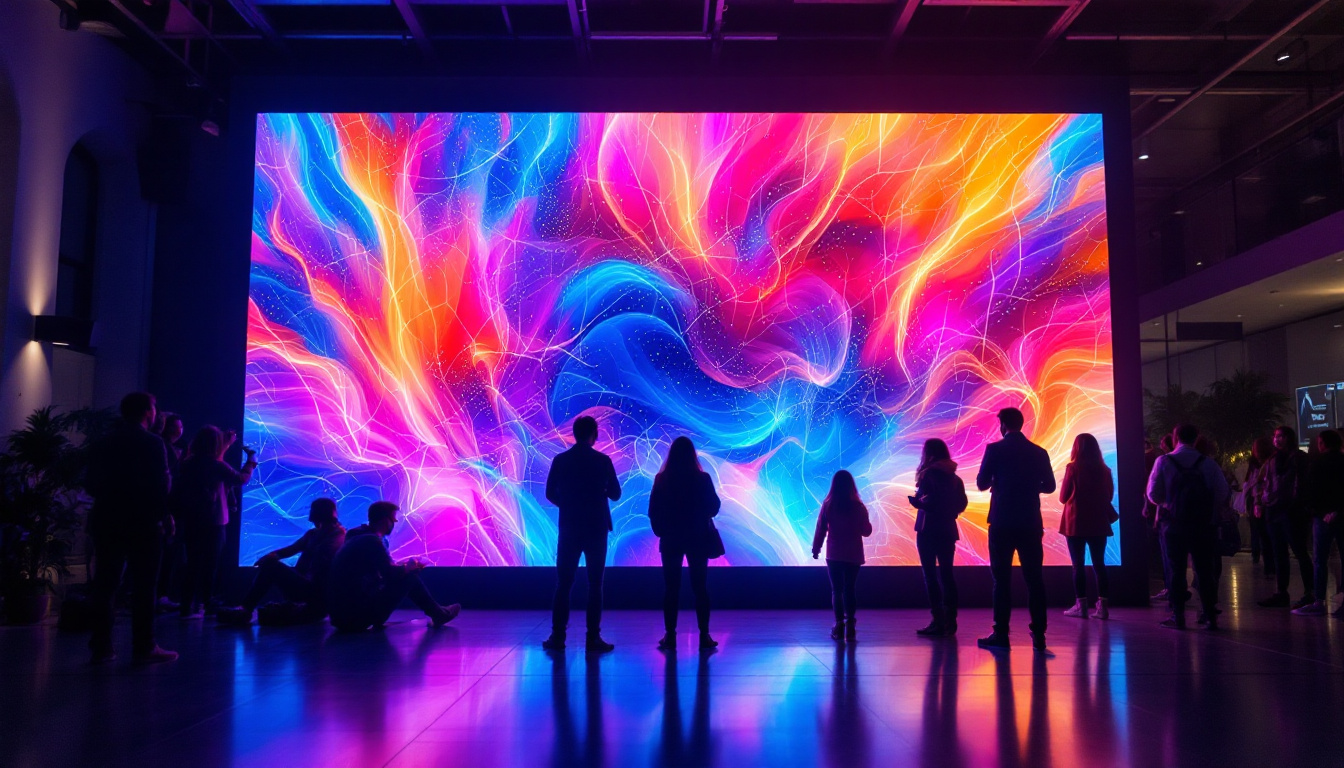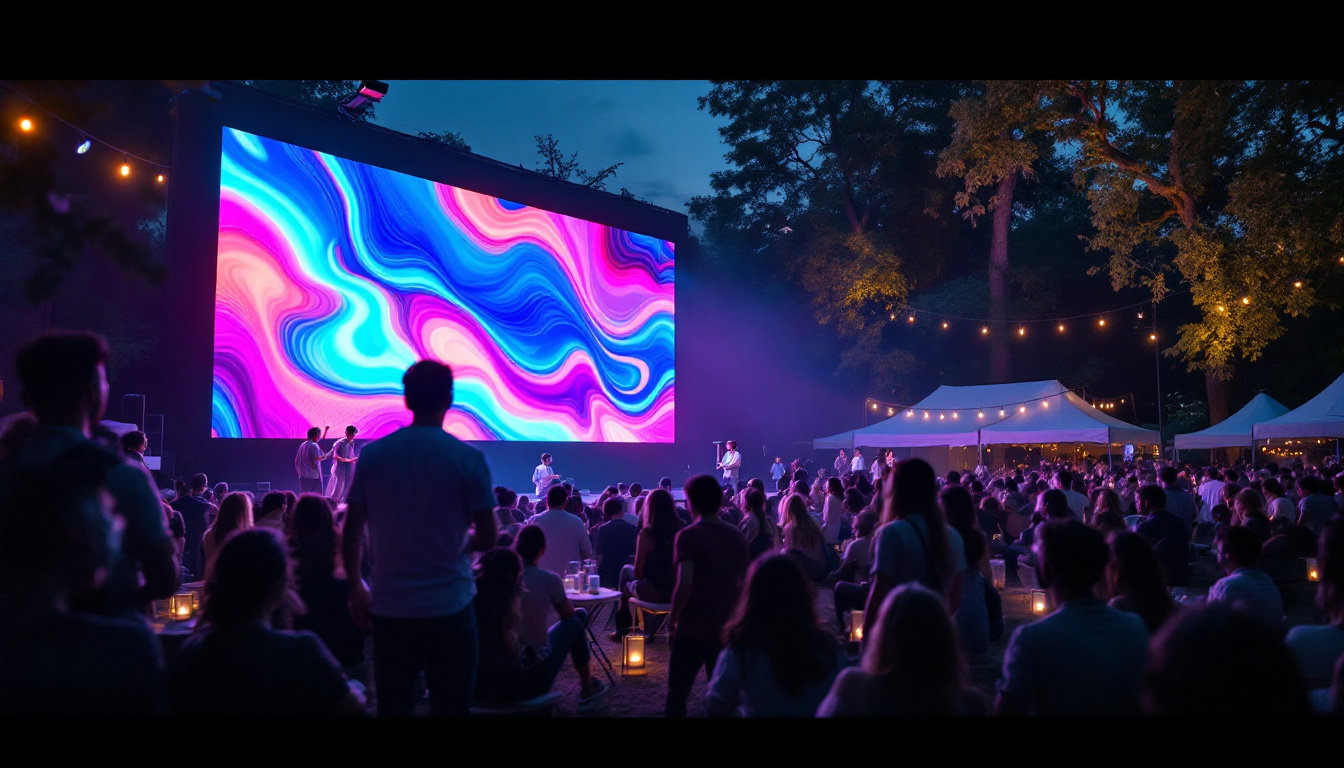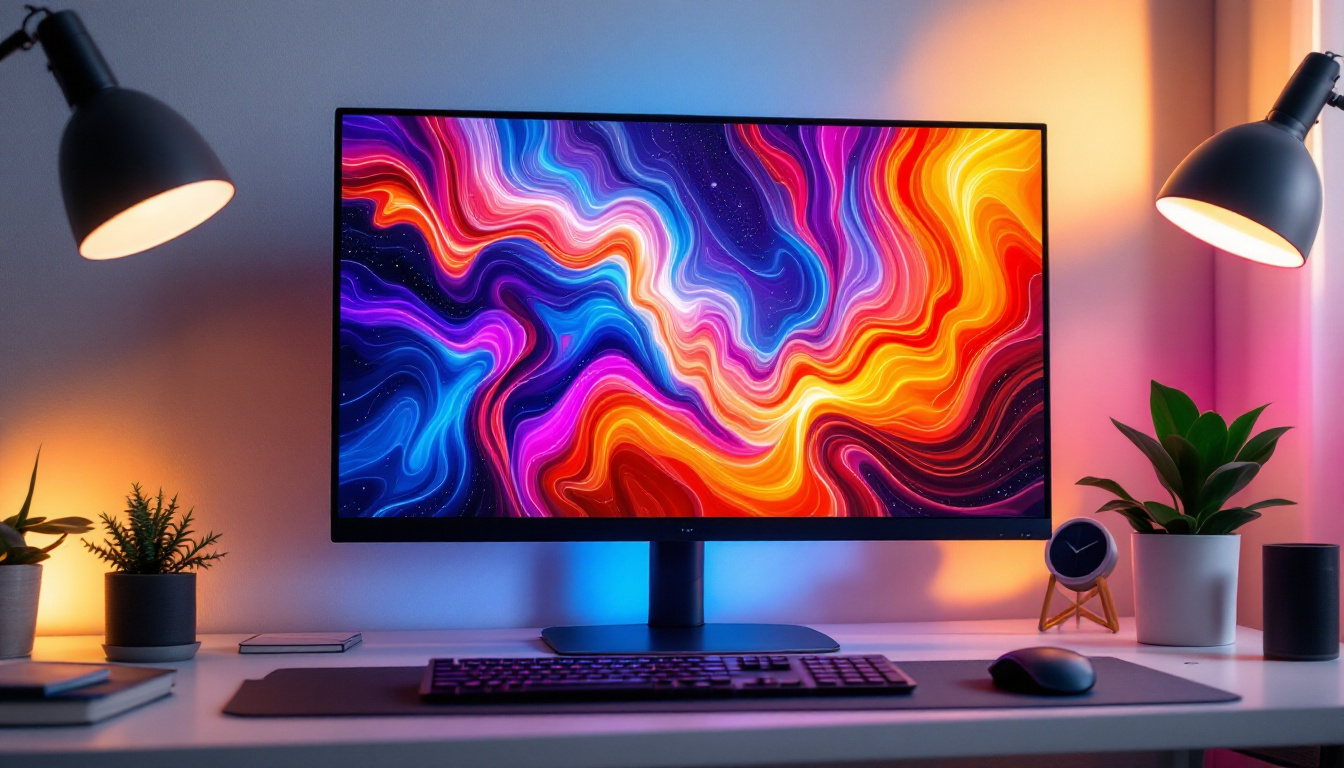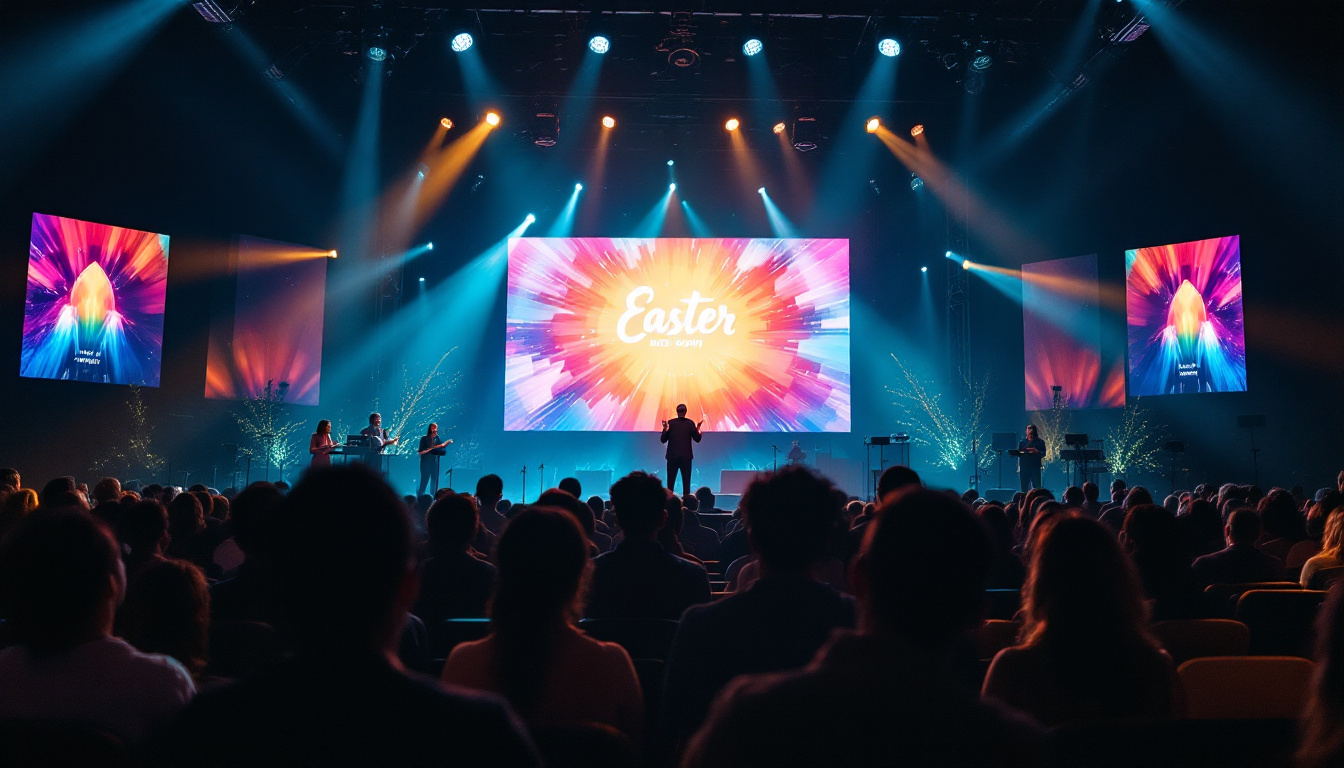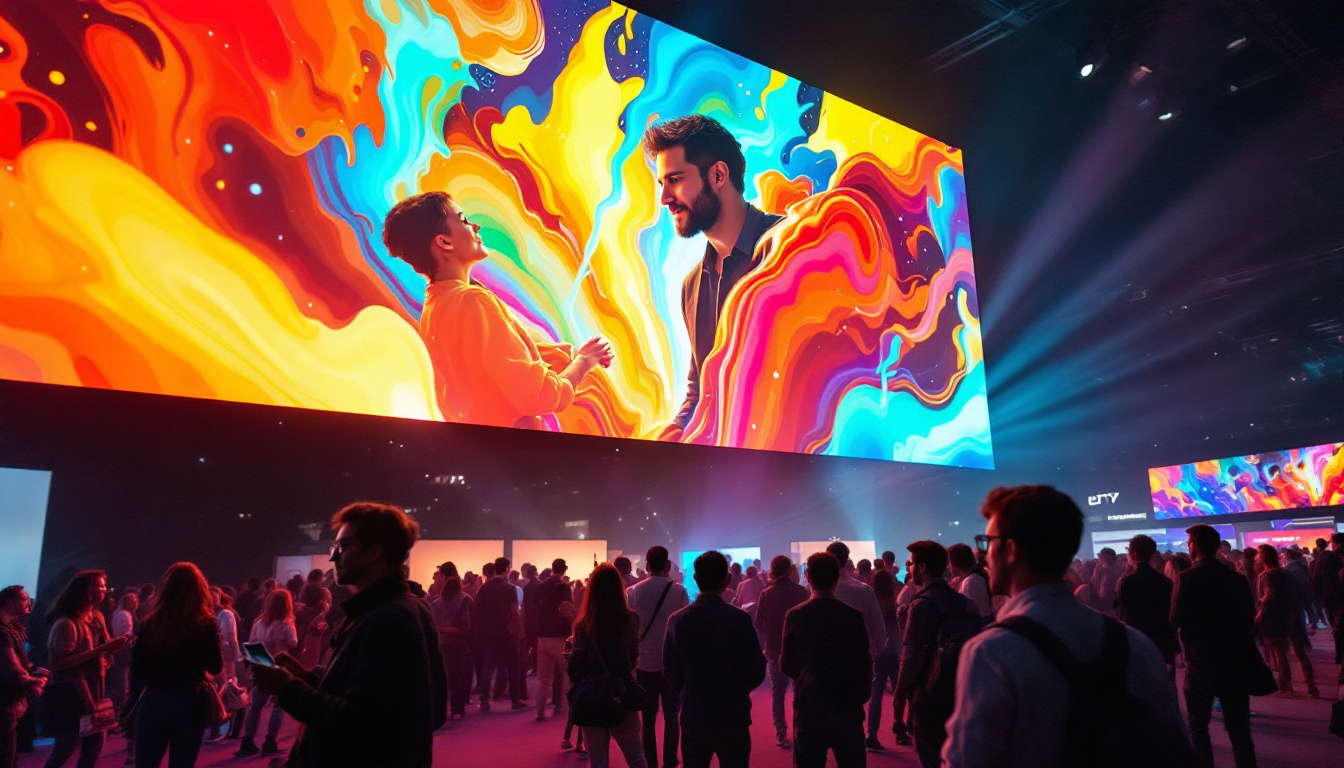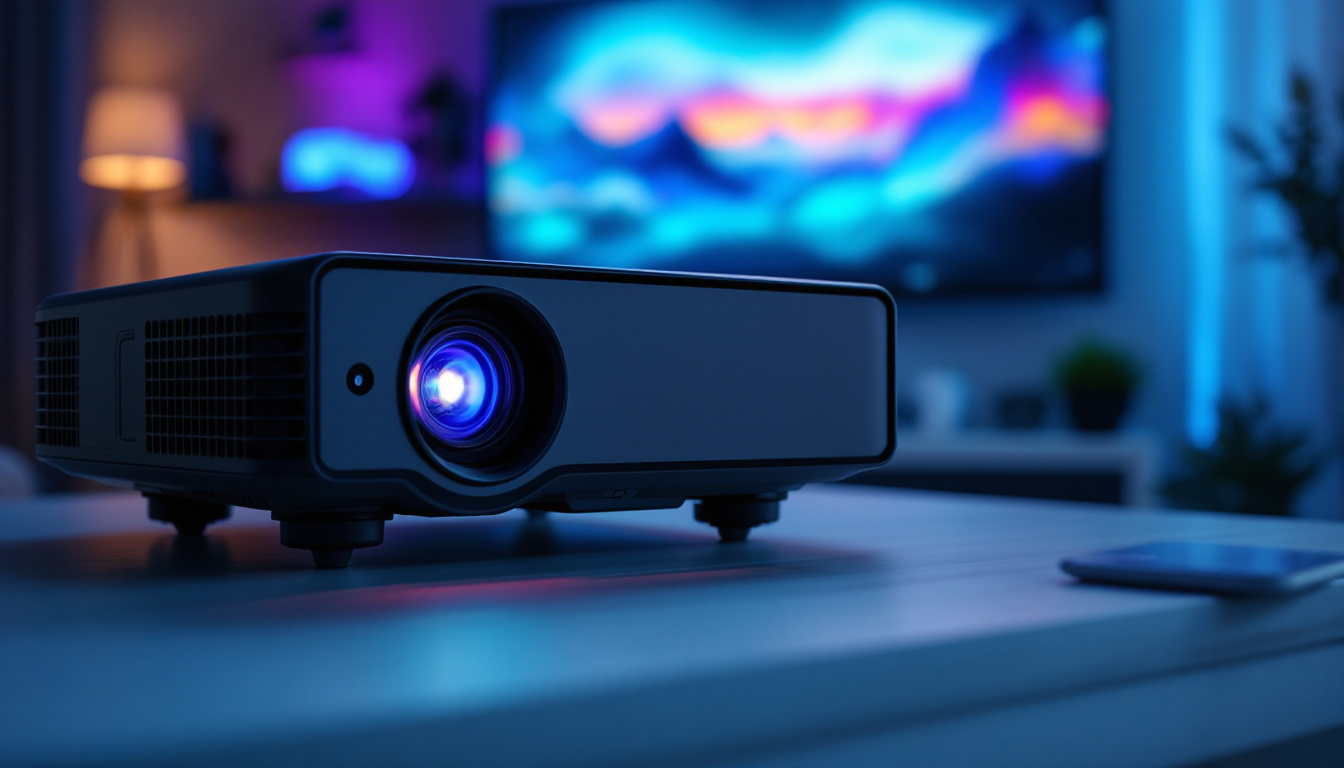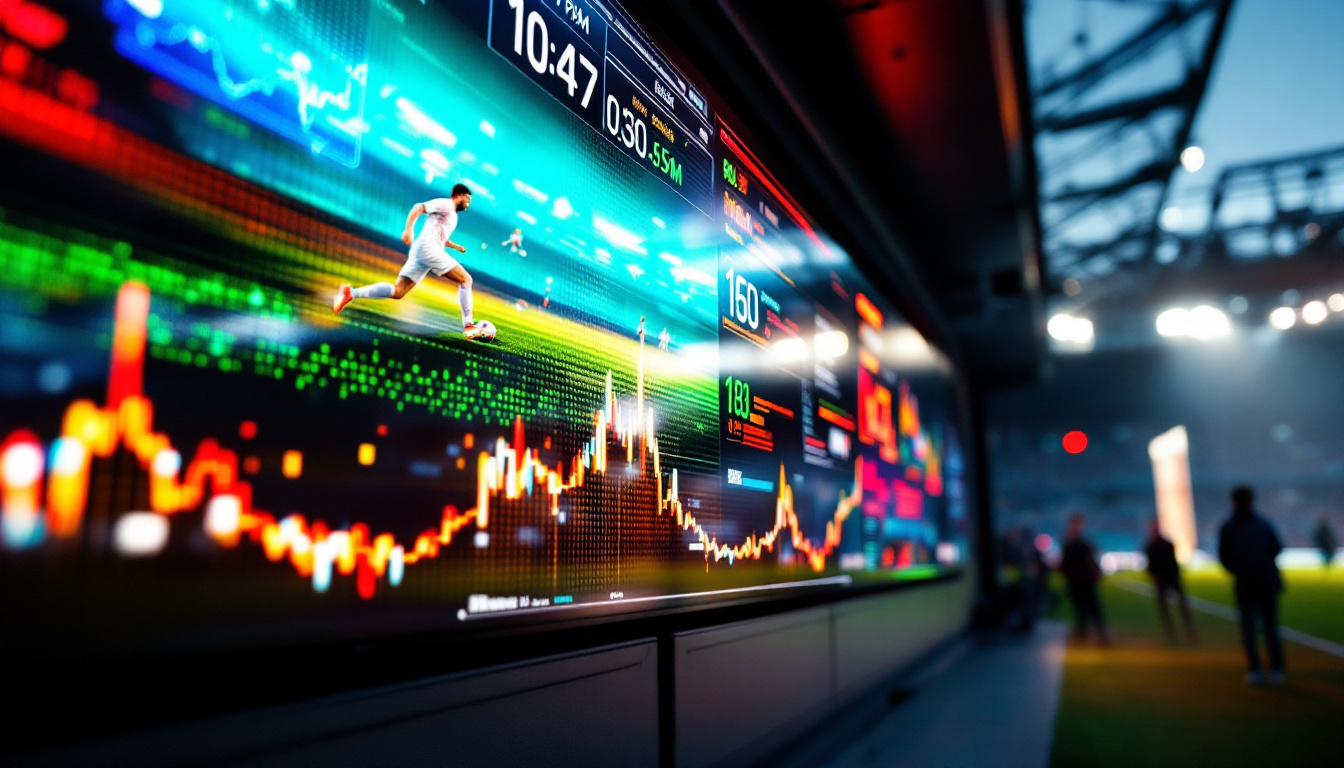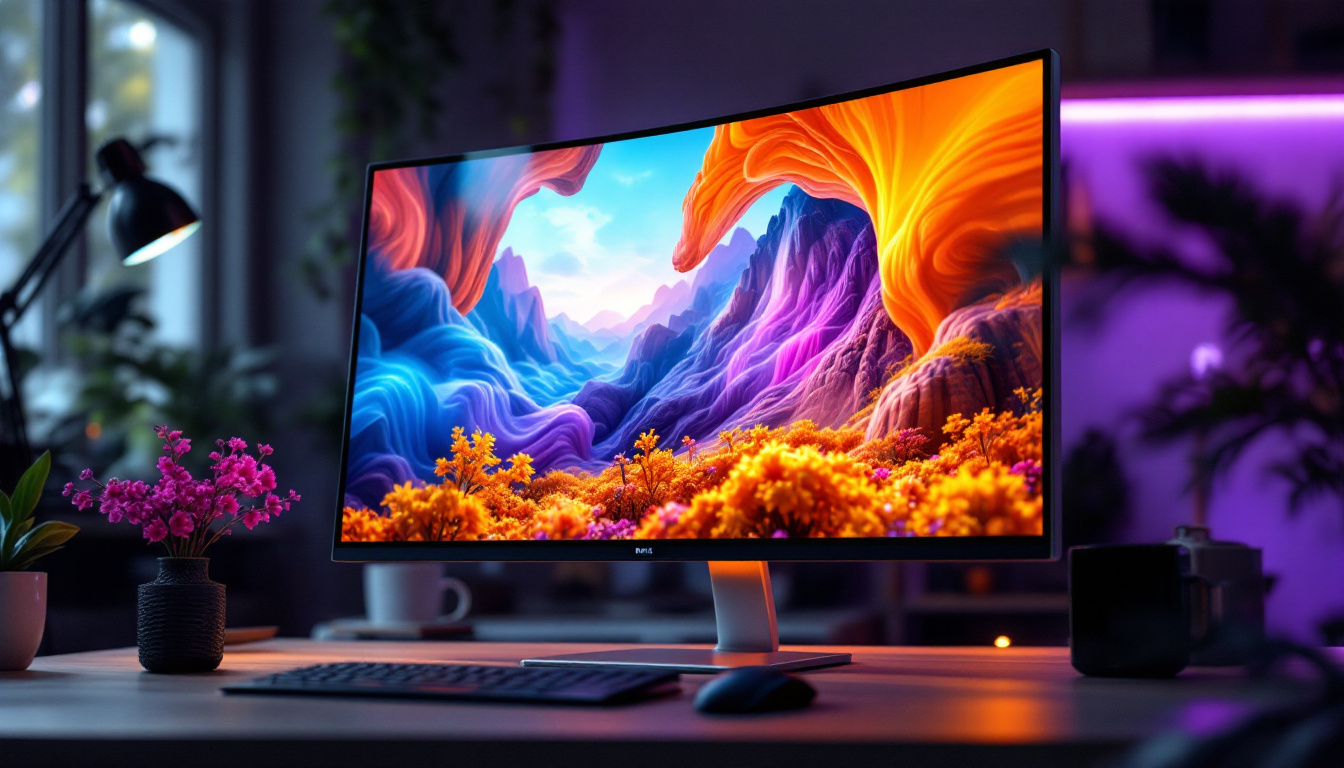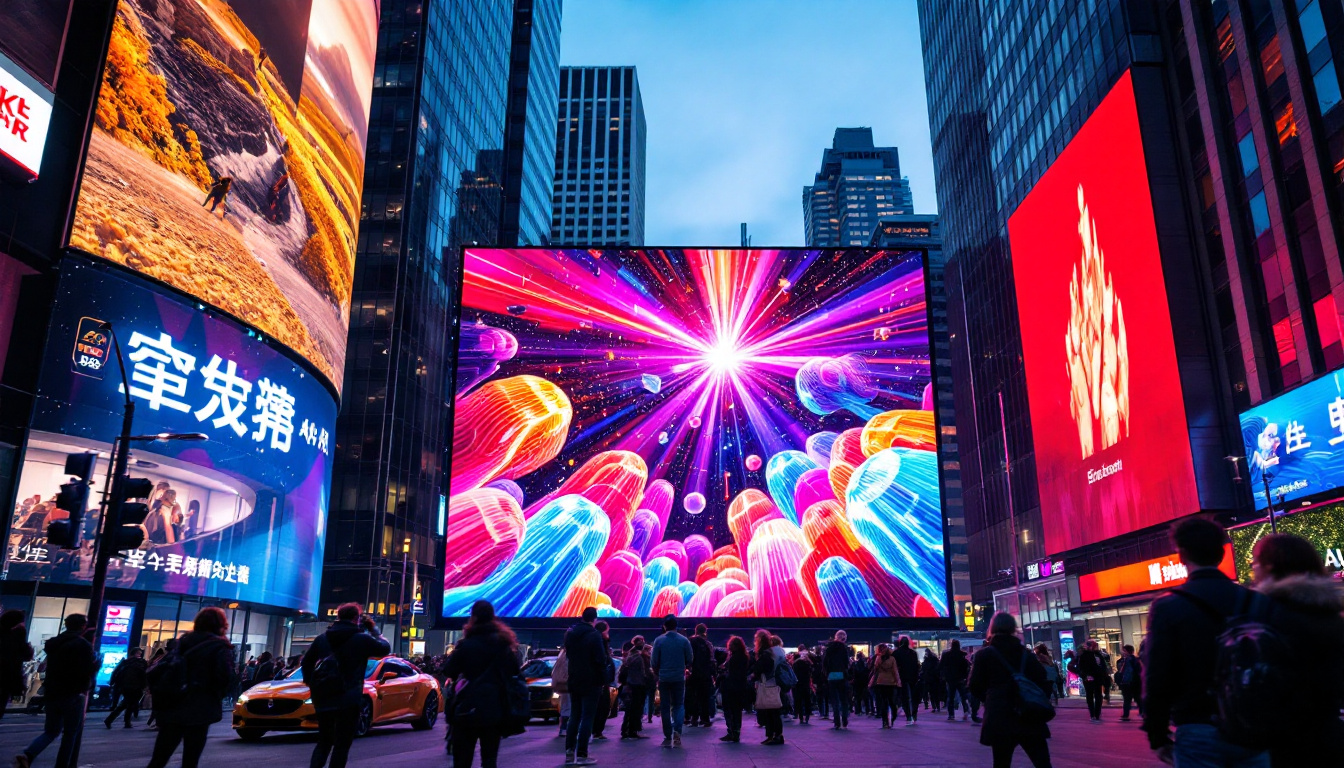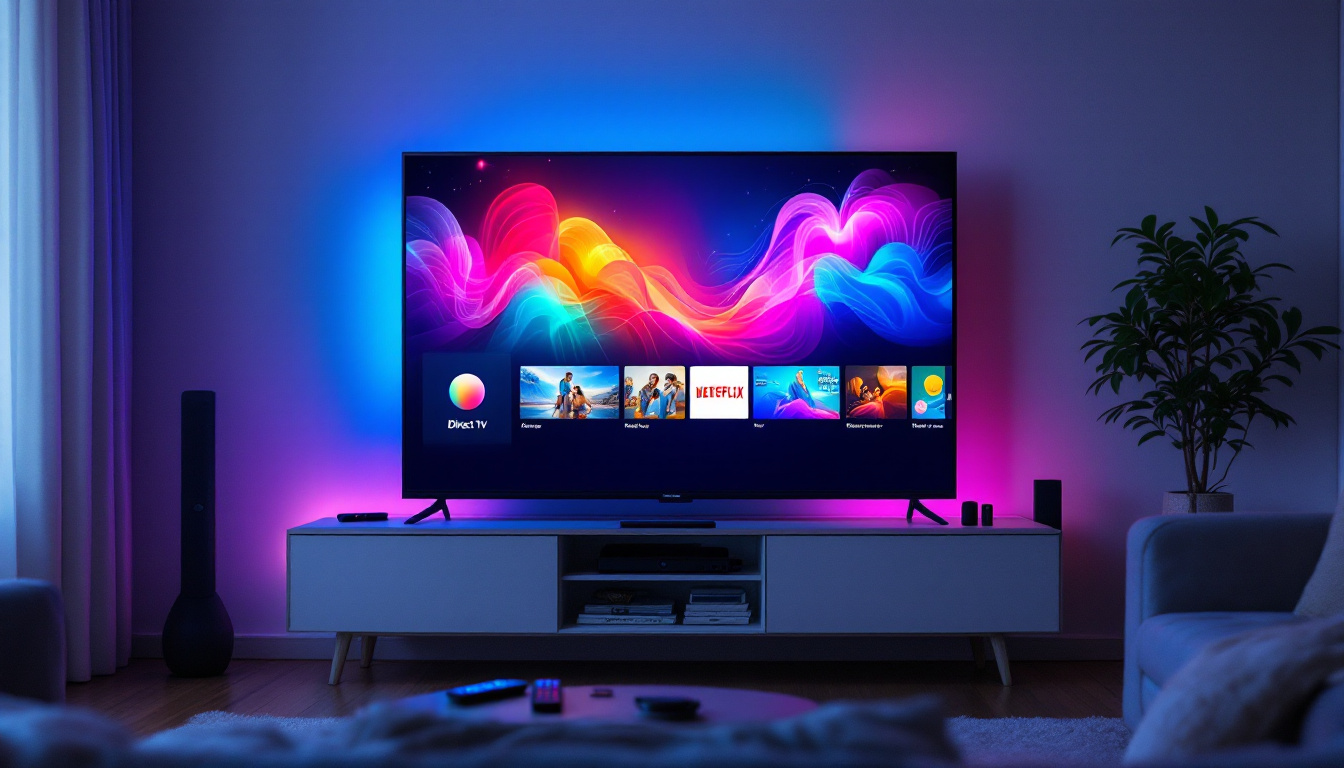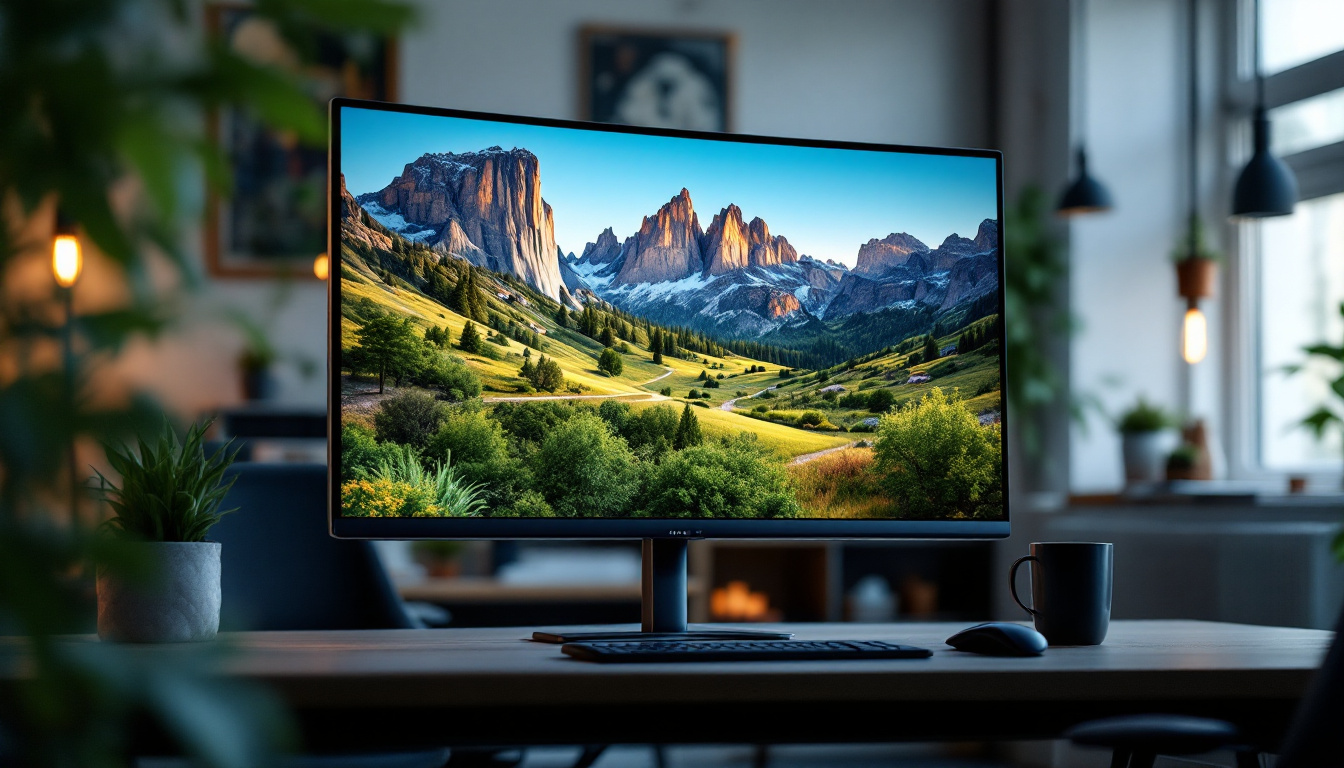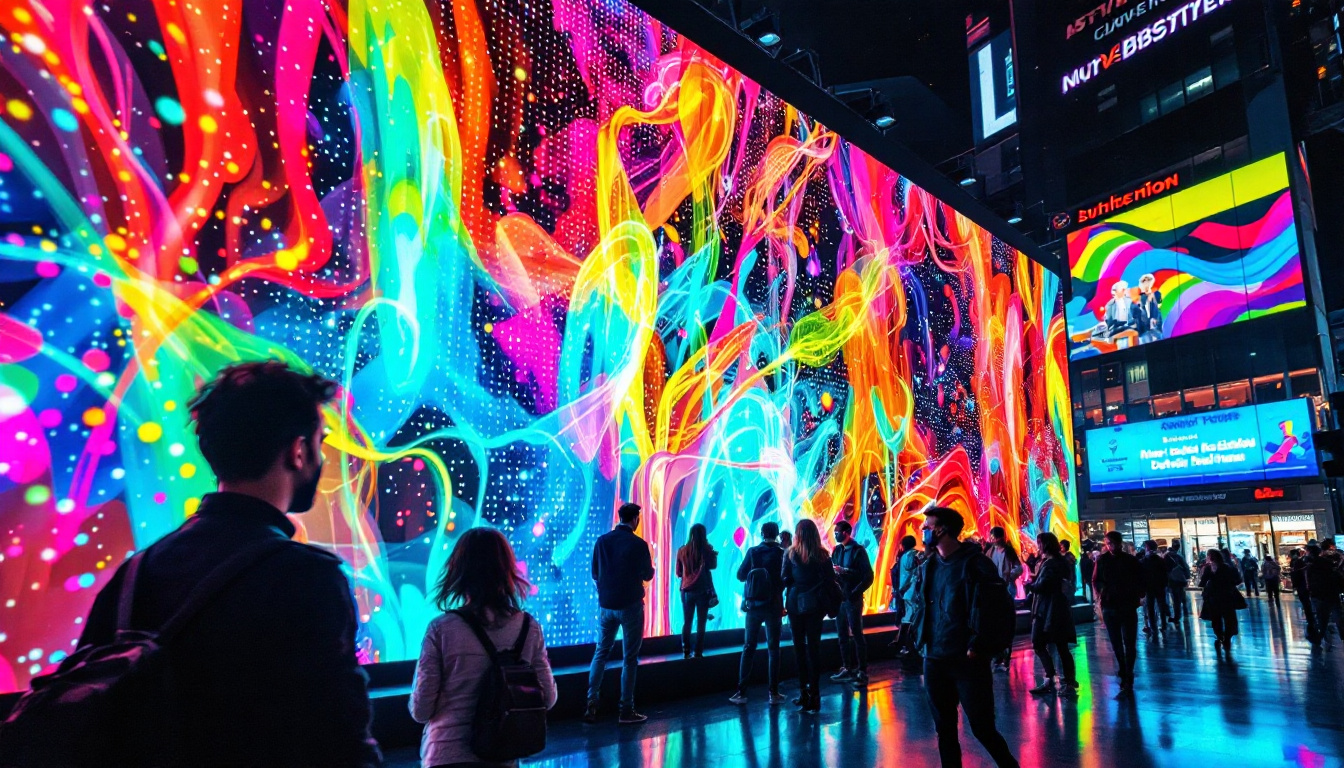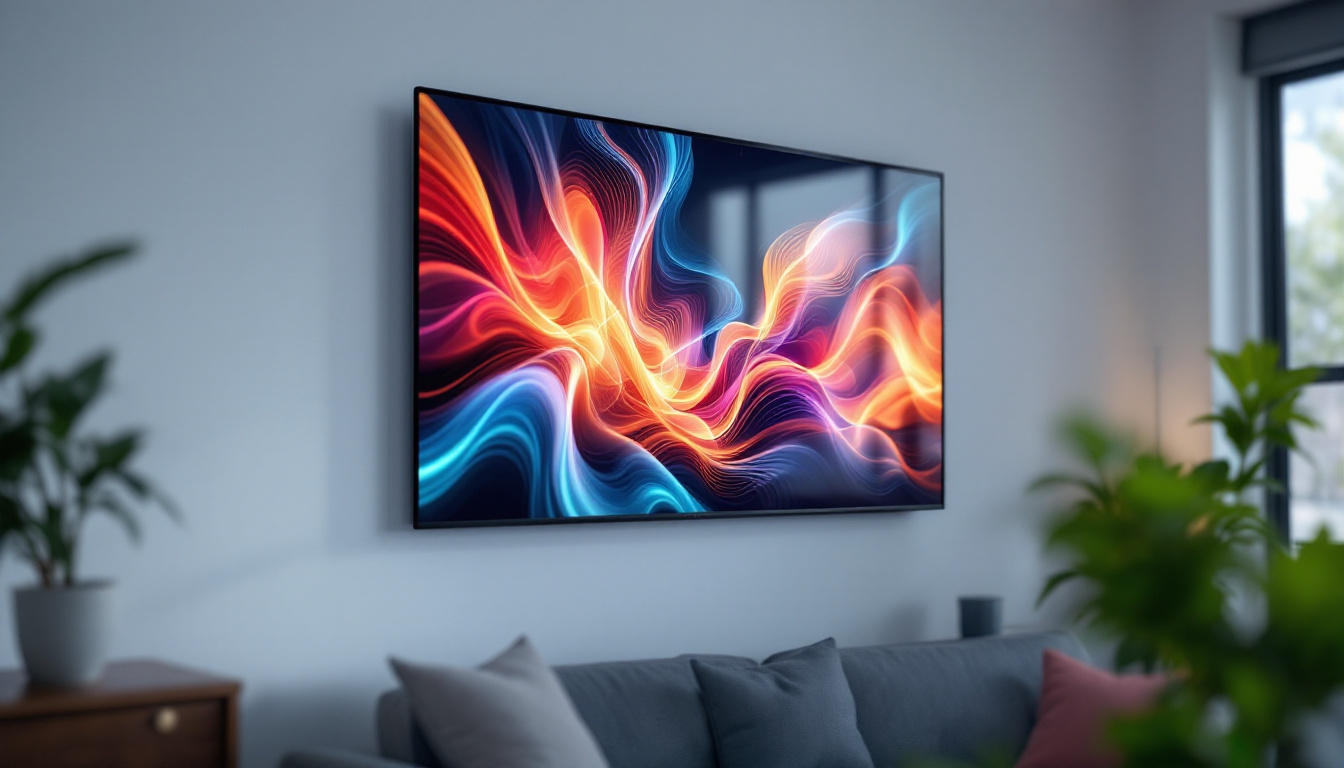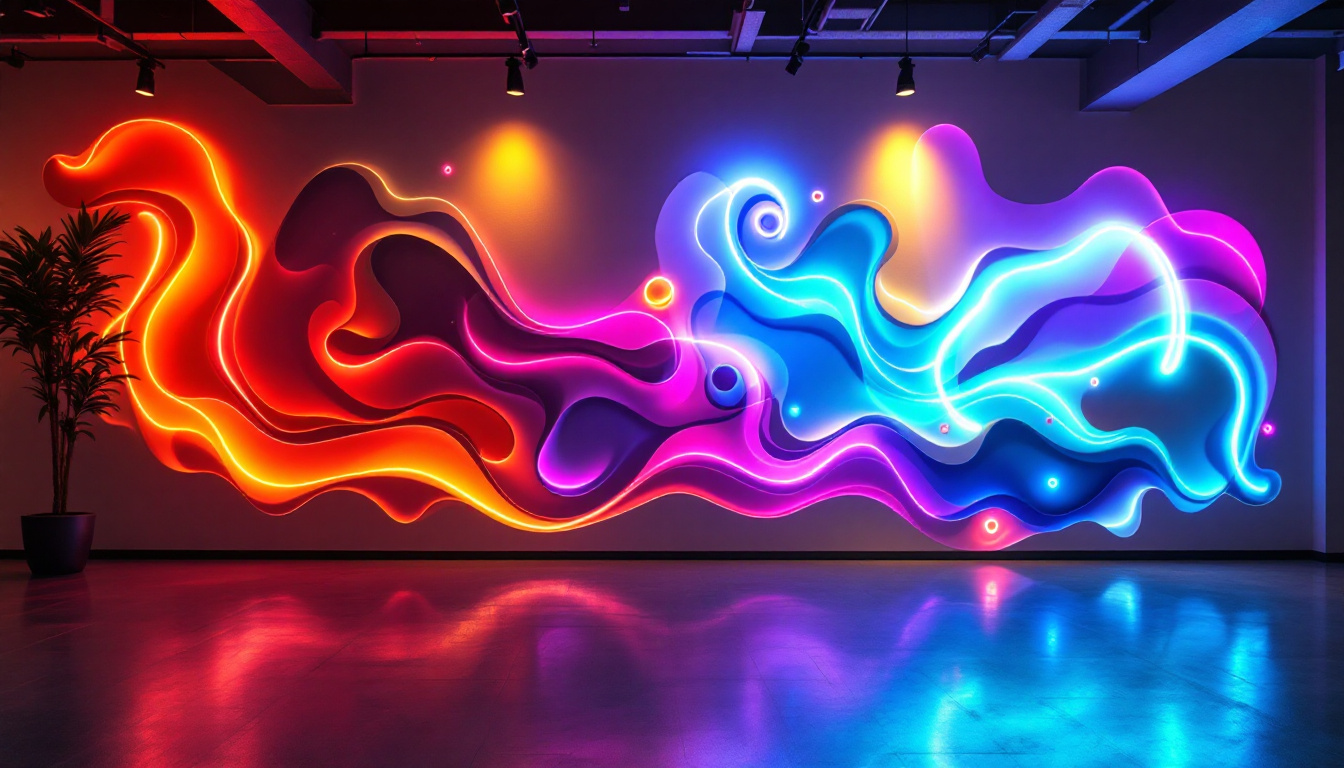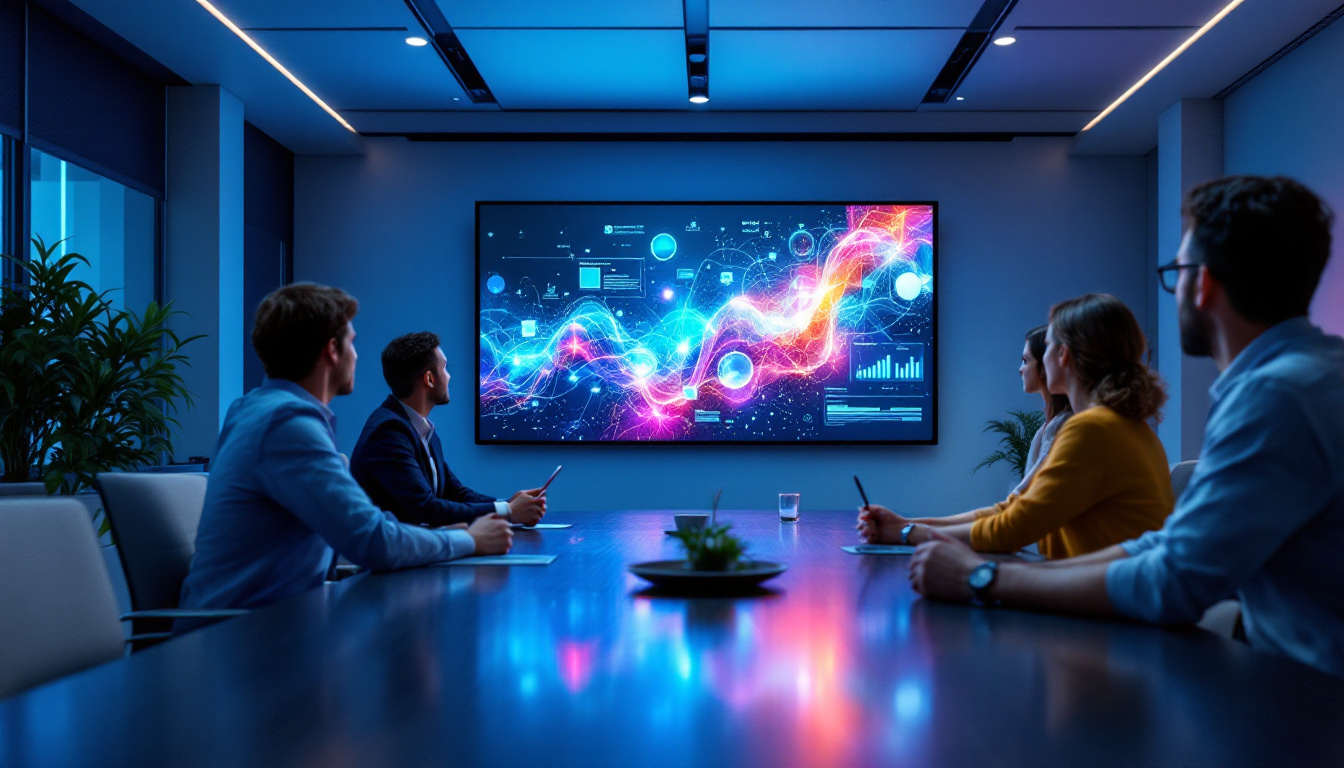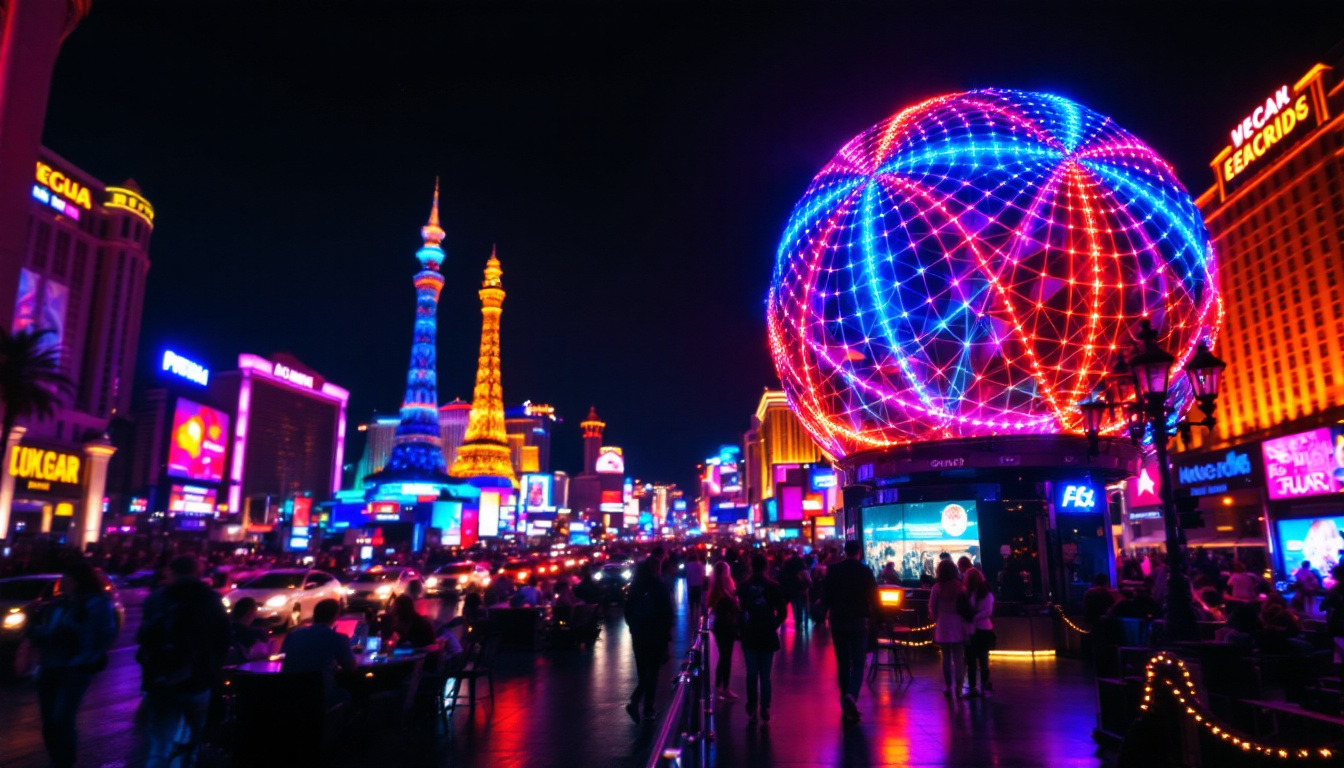In the world of events and performances, the integration of technology has become paramount. One of the most significant advancements is the use of LED displays, especially on portable stages. This article delves into the intricacies of LED displays, their advantages, and how they complement used portable stages for sale.
Understanding LED Displays
LED (Light Emitting Diode) displays have revolutionized the way visual content is presented. Unlike traditional projection systems, LED displays offer bright, vibrant colors and high contrast ratios, making them ideal for various environments, including outdoor settings where lighting conditions can be unpredictable. The ability to maintain clarity and visibility in direct sunlight has made LED technology a preferred choice for many industries, from entertainment to advertising.
What is an LED Display?
An LED display is a flat panel display that uses an array of light-emitting diodes to produce images, videos, and animations. These displays can vary in size, resolution, and configuration, allowing for a wide range of applications from large-scale events to intimate gatherings. The modular nature of LED displays means they can be easily assembled into different shapes and sizes, accommodating the specific needs of any event or installation.
Typically, LED displays are categorized into two types: direct view and rear projection. Direct view LED displays are composed of individual LEDs that create the image directly, while rear projection systems utilize LEDs to project images onto a screen from behind. This versatility allows for creative setups, such as curved displays or large video walls, which can transform any space into an immersive visual experience.
Key Features of LED Displays
When considering an LED display for a portable stage, several features stand out:
- Brightness: LED displays can achieve high brightness levels, making them visible even in daylight.
- Resolution: Higher resolution displays provide clearer images, which is crucial for detailed visuals.
- Durability: LED technology is robust and can withstand the rigors of transportation and outdoor use.
- Energy Efficiency: Compared to traditional displays, LEDs consume less power, reducing operational costs.
Additionally, many LED displays come equipped with advanced features such as automatic brightness adjustment, which optimizes visibility based on ambient light conditions. This adaptability ensures that the content remains engaging regardless of the environment. Furthermore, the lifespan of LED displays often exceeds that of traditional technologies, with many units lasting over 100,000 hours, making them a long-term investment for businesses and event organizers alike.
Applications of LED Displays
LED displays are versatile and can be used in various settings:
- Concerts and Festivals: They provide vibrant visuals that enhance the overall experience for attendees.
- Corporate Events: Used for presentations and branding, they help convey messages effectively.
- Sporting Events: LED displays can show live feeds, scores, and advertisements, keeping the audience engaged.
Beyond these applications, LED displays are increasingly being utilized in retail environments, where they serve as dynamic advertising platforms that can be updated in real-time to reflect promotions or new products. In transportation hubs, such as airports and train stations, LED displays provide vital information to travelers, including arrival and departure times, enhancing the overall efficiency of the travel experience. The adaptability of LED technology continues to expand its presence across diverse sectors, proving to be an invaluable tool in modern communication and entertainment.
Advantages of Using LED Displays on Portable Stages
The combination of LED displays and portable stages offers numerous benefits that enhance the overall event experience. Understanding these advantages is essential for event organizers looking to make an impact.
Enhanced Visual Experience
One of the most significant advantages of LED displays is their ability to deliver stunning visuals. The brightness and color saturation of LED technology ensure that images and videos stand out, even in challenging lighting conditions. This capability is particularly beneficial for outdoor events where sunlight can wash out traditional screens.
Moreover, the high refresh rates of LED displays result in smooth motion graphics, which is crucial for live performances. Whether it’s a concert or a theatrical production, the visual experience is greatly enhanced, captivating the audience’s attention. The ability to display dynamic content, such as live feeds or interactive graphics, adds an extra layer of engagement, making the event more memorable for attendees.
Portability and Flexibility
Used portable stages are designed for easy setup and teardown, and when paired with LED displays, they offer unmatched flexibility. Many LED systems are modular, allowing them to be configured in various shapes and sizes to suit different stage designs. This adaptability is particularly advantageous for events that require quick changes or adjustments.
Furthermore, the lightweight nature of modern LED displays makes them easy to transport. Event organizers can efficiently move equipment from one location to another without the burden of heavy gear, streamlining the logistics of event setup. This ease of transport not only saves time but also reduces the risk of damage during transit, ensuring that the equipment remains in pristine condition for every performance.
Cost-Effectiveness
Investing in used portable stages equipped with LED displays can be a cost-effective solution for many organizations. Purchasing used equipment often comes at a fraction of the cost of new gear, allowing for significant savings. Additionally, the longevity and durability of LED technology mean lower replacement costs over time.
Furthermore, the energy efficiency of LED displays contributes to reduced operational costs. With lower power consumption, event organizers can allocate their budgets more effectively, focusing on other essential aspects of the event. The reduced need for extensive lighting setups also means less labor and equipment rental, further enhancing the overall budgetary efficiency. In a competitive event landscape, these savings can be redirected towards enhancing the overall quality of the event, such as hiring top-tier talent or investing in additional amenities for attendees.
Choosing the Right LED Display for Your Portable Stage
When selecting an LED display for a portable stage, several factors come into play. Understanding these factors can help ensure that the chosen display meets the specific needs of the event.
Size and Resolution
The size of the LED display should be proportionate to the stage and the audience. A larger audience may require a bigger display to ensure visibility from all angles. Additionally, resolution plays a critical role; higher resolutions are ideal for close viewing distances, while lower resolutions may suffice for larger audiences further away.
It’s essential to consider the pixel pitch, which refers to the distance between the pixels on the display. A smaller pixel pitch results in a higher resolution and sharper images, making it suitable for detailed visuals.
Environment Considerations
The environment in which the portable stage will be set up is another crucial factor. Outdoor events may necessitate weatherproof displays that can withstand rain, wind, and extreme temperatures. In contrast, indoor events may have different requirements, such as lower brightness levels.
Furthermore, lighting conditions should be assessed. If the event is taking place in a brightly lit area, a higher brightness level will be necessary to ensure visibility.
Budget and Rental Options
Establishing a budget is vital when selecting an LED display. While purchasing new equipment can be expensive, many companies offer rental options for high-quality LED displays. Renting can be a practical solution for one-off events, allowing access to top-tier technology without the long-term financial commitment.
For those considering purchasing used portable stages and LED displays, it’s important to research reputable sellers and check the condition of the equipment. Ensuring that the displays have been well-maintained can prevent future issues and additional costs.
Setting Up LED Displays on Portable Stages
Proper setup of LED displays on portable stages is essential for optimal performance and audience engagement. This section outlines key considerations and best practices for setup.
Pre-Event Planning
Before the event, thorough planning is crucial. This includes understanding the layout of the stage, the audience’s viewing angles, and any technical requirements. Conducting a site survey can help identify potential challenges and allow for adjustments in the setup.
Additionally, coordinating with technical staff to ensure that all equipment is compatible and functioning correctly is vital. This includes checking power sources, signal connections, and backup systems to avoid any last-minute issues.
Installation and Calibration
Once on-site, the installation of the LED display should be carried out with care. It’s important to follow manufacturer guidelines for mounting and securing the display to ensure safety and stability.
Calibration of the display is another critical step. Adjusting brightness, contrast, and color settings can significantly impact the visual experience. Testing the display with actual content before the event begins allows for fine-tuning and ensures that everything looks perfect for the audience.
Technical Support During the Event
Having technical support on-site during the event can be invaluable. This ensures that any issues that arise can be addressed promptly, minimizing disruptions. A dedicated technician can monitor the display, adjust settings as needed, and troubleshoot any technical difficulties.
Furthermore, having backup equipment ready can provide peace of mind. In the event of a failure, quick access to spare parts or alternative displays can keep the show running smoothly.
Conclusion
Incorporating LED displays into used portable stages can significantly enhance the overall experience of any event. The vibrant visuals, portability, and cost-effectiveness make them an attractive option for event organizers. By understanding the features, advantages, and best practices for setup, individuals can make informed decisions that lead to successful events.
As technology continues to evolve, the possibilities for LED displays on portable stages will only expand. Embracing these advancements can lead to more engaging and memorable experiences for audiences, ultimately elevating the standard for events across various industries.
Whether considering purchasing or renting, the integration of LED displays with portable stages is a trend that is here to stay, and understanding its intricacies will ensure that event organizers remain at the forefront of innovation.
Discover LumenMatrix LED Display Solutions
Ready to elevate your event with the vibrant visuals and flexibility of LED displays? Look no further than LumenMatrix, a pioneer in LED display technology. Our extensive range of solutions, from Indoor and Outdoor LED Wall Displays to innovative LED Sports and Floor Displays, is designed to captivate your audience and amplify your message. Embrace the future of visual communication with our Custom, All-in-One, and Transparent LED Displays. Check out LumenMatrix LED Display Solutions today and transform your portable stage into an unforgettable experience.


